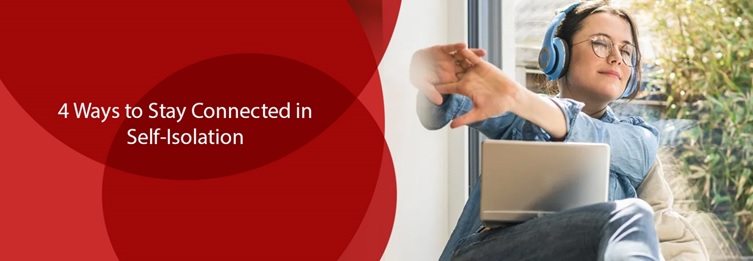
‘Zoom’ has become a household word over the last 10 weeks or so. Millions of workers who had never used the video conferencing platform before were suddenly thrust into the world of Zoom by virtue of having to work from home. But now we are discovering that all of our Zooming and other video conferencing comes at a price. That price is “Zoom fatigue.”
It is understandable how Zoom fatigue could affect someone who spends his/her entire workday in remote meetings. But does it affect remote learning as well? Is Zoom the best platform for handling corporate training? Is it the best platform for higher education?
Zoom Fatigue Explained
Zoom fatigue is that feeling of exhaustion you get after spending too much time videoconferencing. Your eyes might be extremely tired. Your brain might be in a fog. You might feel like you just finished running a marathon even though you have been sitting at a desk working at the computer for most of the day.
Science suggests there is a very real reason people feel fatigued after spending too much time videoconferencing. And by the way, the phenomenon is not limited to the Zoom platform. You could be left equally exhausted by spending all day on Skype or Facebook chat.
The reason apparently lies in the way humans communicate. According to scientists, humans communicating face-to-face rely on highly developed cues and fine-tuned facial expressions and vocal inflections to convey meaning. Those expressions and inflections are hampered by videoconferencing. Faces are harder to see and voices often break up or are distorted by electronic devices.
As a result, we all have to work harder just to understand what we are seeing and hearing on the screen. We cannot look away from the screen for too long without losing our place. We must be highly focused on both video and audio to make sure we don’t miss anything. It is exhausting.
Zoom for Remote Learning
We can apply the Zoom fatigue principle to remote learning as well. Remember that Zoom is primarily a video conferencing platform. Yes, you can share a computer screen during a Zoom meeting. But the platform itself is just a carrier of information. It does not organically facilitate learning.
Using an adaptive, competency-based learning platform like the one developed by Fulcrum Labs offers you the opportunity to learn through a combination of text, videos, and interactive elements, such as practicing with the material you’re learning. You can work at your own pace as well. That means you can stop and take a break anytime you need to. You can look away from the screen or go grab a cup of coffee.
Videoconferencing doesn’t work that way. It is nonstop unless the facilitator chooses to take a break. Thus, you cannot go at your own pace. Learning whatever needs to be learned is directed by the facilitator while you stare at the screen and are forced to go at the pace of the presenter.
We Need a Better Option
Videoconferencing absolutely has its place. It is a great tool for team meetings and virtual sales calls. But when it comes to remote learning, we might be relying too much on videoconferencing. We need a better option and additional tools in our toolbox. That option is an adaptive learning platform that offers multiple tools and a self-driven approach.
Zoom fatigue is a real thing. Perhaps you know from personal experience. It is a lot of work to use videoconferencing platforms for hours on end; so much work that it is exhausting. On the other hand, an adaptive learning platform is better suited to learning for both corporate training and higher education. It requires less staring at the screen for hours on end and more self-paced, interactive learning.










